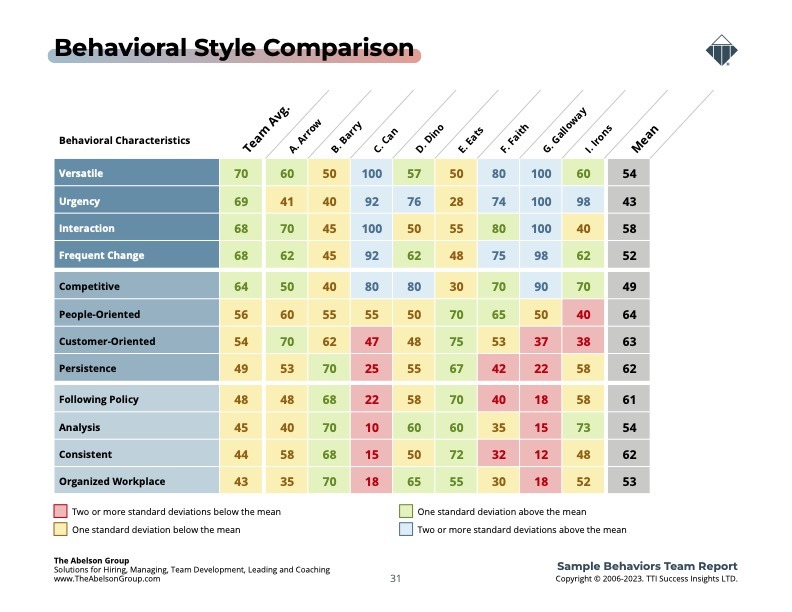Research and experience tells us effective teams are much better performers than are individuals. When things are chaotic, in constant flux, or stressful, high performing teams are that much more important. When led effectively, the team dynamic helps calm things down, helps people focus on doing what they are best at accomplishing, and leads to a much better outcome or solution.
But Patrick Lencioni tells us there are “5 Dysfunctions of a Team.” He proposes that teams that faulter and fail have one or more of these five dysfunctions. The team can have 1) an absence of trust, 2) fear of conflict, 3) lack of commitment, 4) avoidance of accountability, and 5) lack of attention to detail. If your team is suffering from any of these, what should you do? Fight the dysfunction(s) and win the battle.
But, how do you fight and win?
Here are four concrete things you can do that we find leads to mastering and defeating team dysfunctions.
First, do an analysis of your team via a quality team report. The team report should help you Identify the team’s strengths and limitations. It should also allow you to know what types of behaviors are present in team members and those needed behaviors, that are not present. Ideally, the report will also give 1) some direction on how to maximize the behaviors present and 2) somehow substitute for the needed, but currently not present, behaviors. Once the above behaviors audit is completed, you will have a better understanding of the behaviors you have in the team and those you do not have. Once you have accomplished this, it is a lot easier to hold people accountable for the behaviors they should be doing; one of Lencioni’s five dysfunctions.

Second, it will also be helpful if your team report identifies those on the team who may see things differently. For example, some people may have a high sense of urgency, while others on the team have a low sense of urgency. Or, some people may be high on a people or customer focus, while others are high on analysis and focusing on details. Furthermore, some team members may like a great deal of change, while others don’t like change at all. All three of these differences could easily lead to conflicts or a lack of trust between members of the team. Two things occur when people are aware of how others on the team see things differently. First, it is easier to be accepting of those differences, and second, it is easier to use those differences as a strength, not a limitation. Furthermore, if there is someone on the team who focuses on detail, it makes sense to assign them detail oriented activities. The outcome of all of this? We have now lessened three more of Lencioni’s five dysfunctions. Details will be attended to by the team. Conflict can be decreased. Trust can be enhanced.

Third, when we have more trust, less conflict, more attention to detail and the ability to hold people accountable, all of a sudden, there may be more commitment to the team and to the activity that is the focus of the team. The result? We have now lessened all five of Lencioni’s dysfunctions.
A fourth area, that is key to the success of any team, is communication. The team report you use should let you know words that work and words that don’t work with each person on the team. Using the wrong words can create disengagement and contribute to all five of Lenioni’s dysfunctions intensifying or resurfacing. For example, you don’t want to say to a very intense “D” in the DISC, “follow my directions.” For an intense “I,” you don’t want to tell them to be “quiet.” Your “D” and “I” may do what you ask of them, but they will most likely disengage, be less committed, & attend less to the details of what you are saying.

The correct team report gives you the tools to fight and win against Patrick Lenioni’s five dysfunctions. Of course, if you hire someone who is an expert at using these tools and an expert who also understands behavioral science, you will be that much more likely and rapidly to “win the battle.”




